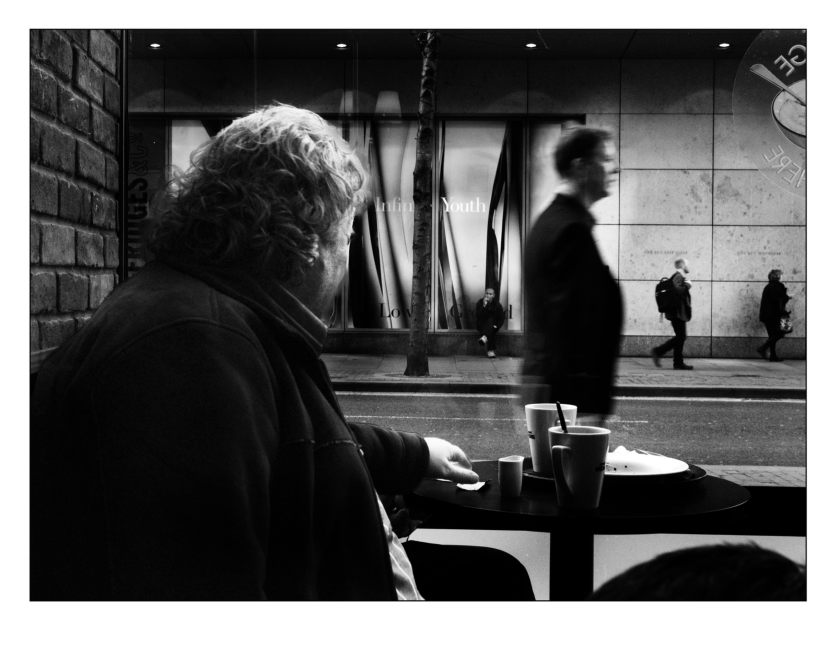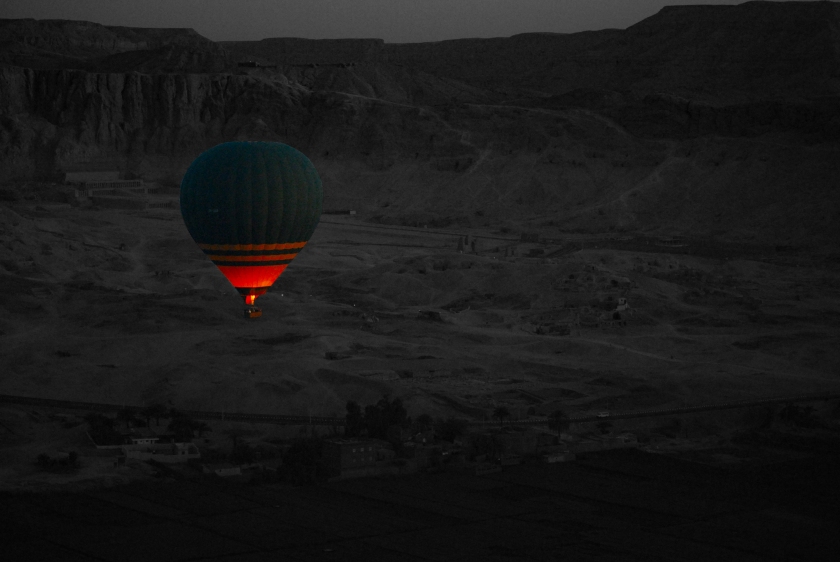Before you switch off with boredom, I don’t want to talk about the “Terminator’ effect. No, mine is a more mundane topic and one I have not heard discussed thus far in relation to AI. As I understand AI, insofar as it relates to the production of images, is the production of a specific machine created image and is made possible by “Talking”, and I use the word loosely here, to a machine instructing it as to the type of picture you want produced, what you want included and telling it what you want to see. Sorry if I have been over simplistic here. The machine then constructs the image and delivers it to you. I understand it uses data, i.e. images, from the vast resources of the web to make its construct. The question comes to mind; Do the AI packages pay for the use of these images to fabricate the final images? I’m guessing not. So the images are simply misappropriated, not in monetary terms, but for the benefit implicit in using those …









